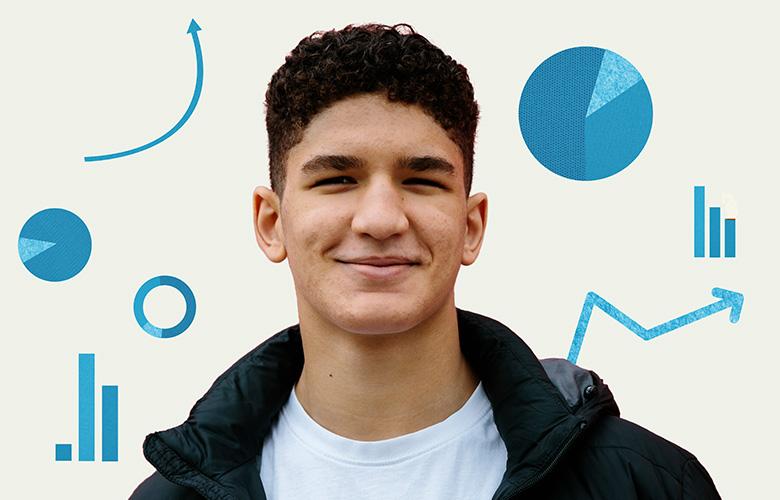
Earlier this year, a professor at the University of Pennsylvania shared a tweet that went viral. She asked her business school students what they thought was the average salary in the United States. A quarter of them guessed it was over six figures. One student said it was over $800,000. In fact, the actual median was much lower—about $45,000.
Clearly, a group of students at an elite Ivy League school is not representative of the larger U.S. population, and their views are unlikely to reflect the views of other groups. What happens, however, when we as individuals don’t have an accurate understanding of the social and economic conditions of fellow members of society?
For one thing, we may not recognize how unequal the opportunities can be for different groups —and whether social inequality is even a problem.
In our project Strengthening Data Literacy across the Curriculum (SDLC), we help students in high school mathematics classes build essential data skills as they investigate social and economic conditions in the United States. Students use large-scale data from the U.S. Census Bureau to examine questions such as:
- What is the typical income of individuals in the United States?
- How much income inequality exists between higher- and lower-income earners, between males and females, and among different racial and ethnic groups?
- Does level of education help to explain these differences?
To answer these questions, students engage in a four-step data investigation cycle, which leading statistics educators explain is the foundation for data literacy.1 In this cycle, students do the following:2
1. Identify questions that can be answered with data
2. Assemble data that can address their questions
3. Use statistical tools and data visualizations to analyze their data
4. Summarize conclusions and generate further questions for investigation
This cycle is powerful because it is conceptually straightforward, can be taught starting at the earliest grade levels, and reflects the real practice of professional researchers and data analysts.
Students who used our curriculum materials not only demonstrated statistically significant growth in their data skills, but they also expressed appreciation and enthusiasm for learning about real conditions in society.
One student shared: “I think we need to do more of [these modules] in school, to be honest with you. A lot of people are afraid to talk about [these] issues. . . . If more kids tackle it head-on, they’ll have a better understanding of how our world really works.”
To build an informed citizenry that can critically examine the issues facing society, we need to have students analyzing real social data. With our curriculum materials, we are working to make this happen and will continue to examine what sparks students’ interests in working with data.
What social issues or questions would you want to see investigated using data?
| Jo Louie, senior research scientist, is the principal investigator of EDC’s SDLC and WeatherX projects. She also leads the research for a project developing a pathway to data science careers in Massachusetts high schools. | |
| Jenn Stiles, research associate, collaborates on projects related to STEM and early childhood education. She co-leads the CADRE Fellows Program as part of the Discovery Research PreK-12 resource network. |
1 Bargagliotti, A., Franklin, C., Arnold, P., Gould, R., Johnson, S., Perez, L., & Spangler, D. A. (2020). Pre-K–12 guidelines for assessment and instruction in statistics education II: A framework for statistics and data science education (p. 7). https://www.amstat.org/asa/files/pdfs/GAISE/GAISEIIPreK-12_Full.pdf



Add new comment